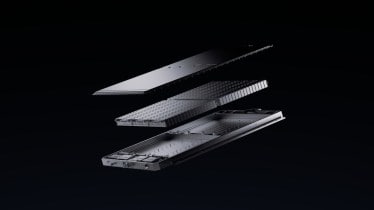European carmaker Stellantis has signed a non-binding Memorandum of Understanding (MoU) for the local supply of LFP battery cells and modules to power its electric vehicle production in Europe.
To further support Stellantis’ aggressive electrification strategy, the two companies are considering the possibility of forming a joint venture (JV) with equivalent contributions. The MoU outlines a long-term collaboration between the partners on two strategic fronts: building a bold technology roadmap to support Stellantis’ battery electric vehicles and identifying opportunities to further strengthen the battery value chain.
Carlos Tavares, CEO, Stellantis, “This MoU with CATL on LFP battery chemistry is another ingredient in our long-term strategy to protect freedom of mobility for the European middle class. CATL is the industry leader in this sector and together with our iconic vehicle brands, we will bring innovative and accessible battery technology to our customers while helping us achieve our carbon net zero ambition by 2038.”
Robin Zeng, Chairman and GM, CATL said, “We are very pleased to elevate our cooperation with Stellantis to a new level. With Stellantis’ time-honoured expertise in car manufacturing and CATL’s advanced battery technology, we believe the partnership will be a decisive step on both parties’ journey towards carbon neutrality goals. We will remain dedicated to delivering more competitive and sustainable solutions for our partners to promote global energy transition.”
CATL states that featuring a long service life and high thermal stability, LFP technology can enable Stellantis to offer high-quality, durable, and affordable electric vehicles in passenger cars, crossovers and SUVs in the B and C segments.
As part of the Dare Forward 2030 strategic plan, Stellantis has announced plans of reaching 100 percent passenger car battery electric vehicle (BEV) sales mix in Europe and a 50 percent passenger car and light-duty truck BEV sales mix in the United States by 2030.
